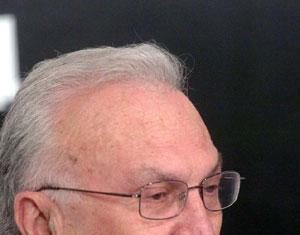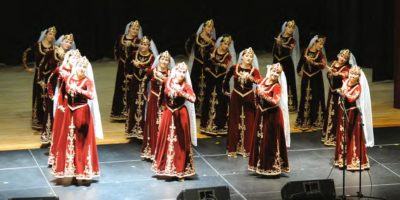By Edmond Y. Azadian
No one could imagine a few months ago that the Turkish Prime Minister Recep Tayyip Erdogan would return home from his triumphant trips abroad to salvage his ten-year-old rule and bury his Ottomanist dreams in the conflagrating protests at Taksim Square in Istanbul. Pretty soon the wave of protests extended throughout the country, but mainly at the major cities of Ankara, Izmir, Adana and Gaziantep.
Settled firmly on his throne, Mr. Erdogan was bullying Armenia, threatening Syria and pressuring Israel for an apology for the latter’s raid on Mavi Marmara Flotilla.
Turkey’s economic boom and regional superpower status — encouraged and aided by Western powers and Russia — had inflated Mr. Erdogan’s ego to supreme arrogance. Several countries in the region which were following Turkey’s rise with alarm had a legitimate concern to cut Erdogan’s imperial ambitions to size.
Through US mediation and blessing, Turkey had partnered with Israel to rule the Middle East through joint hegemony. But Erdogan took that position as a license to dictate his will even to Israel, leaving a bitter taste in the mouths of his American sponsors.
At home he had managed to tame the military, which had ruled the country under authoritarian rule for many decades, since the days of Ataturk. Today many members of the military brass are waiting in jails for their day in court as conspirators bent on overthrowing Erdogan’s Islamist government. The Deep State was so deep that a backlash was not in Erdogan’s calculations. Despite the fact that the country was veering towards an Islamic rule with Ottoman caliphate in perspective, Erdogan continued to enjoy popularity because the prosperity he had brought to the country, until a spark at Taksim Square upended Mr. Erdogan’s political calculations.









